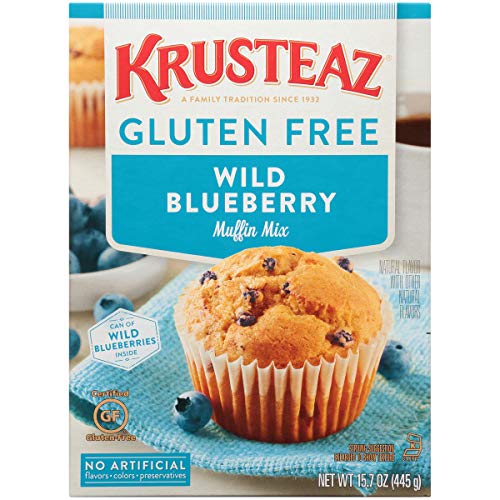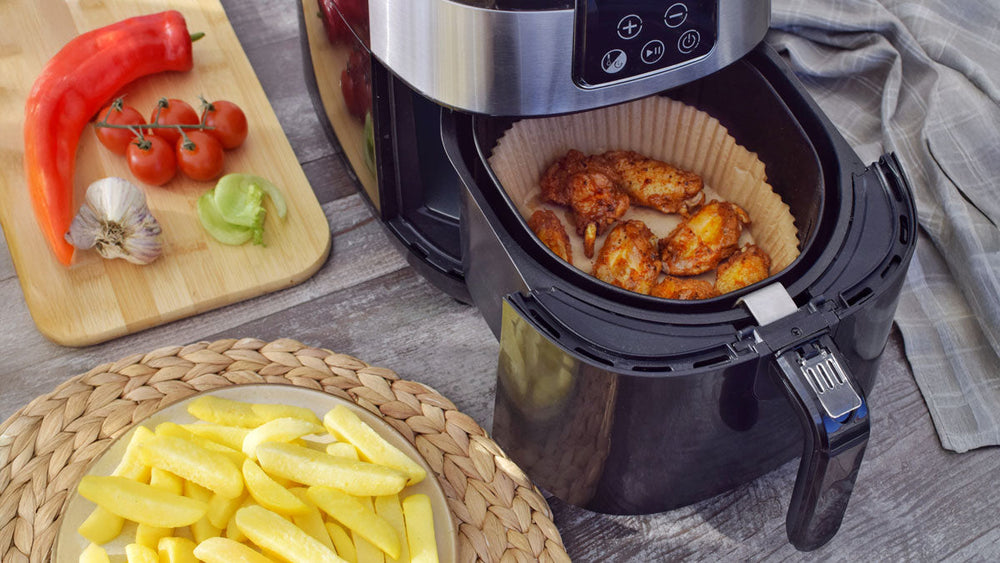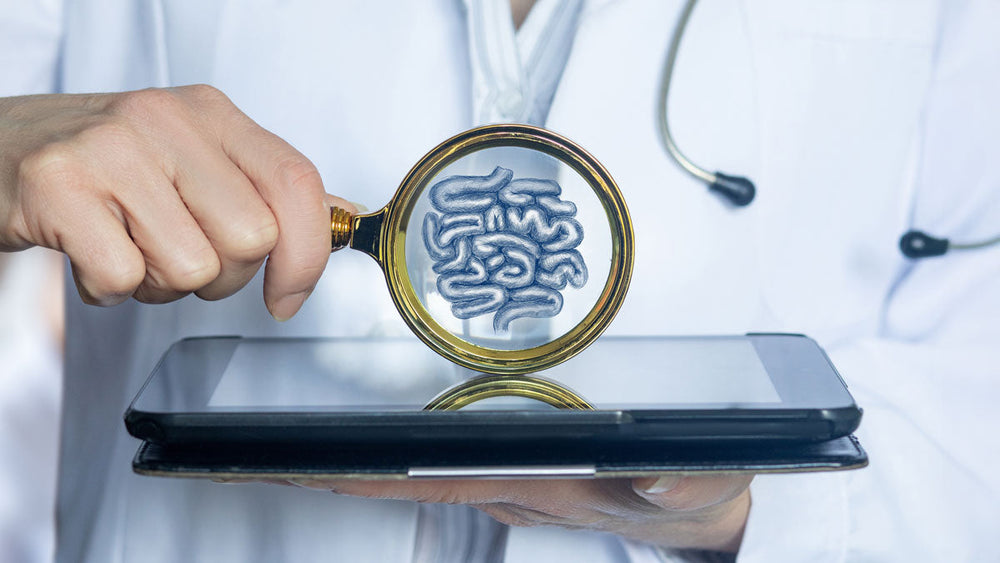Got Constipation? Maybe it’s your anatomy!
Have you ever heard the phrase “redundant colon"? Or “tortuous colon”? Well, these two things are not problems that would necessarily warrant fixing but they might explain why you have some issues with constipation. You may have gone a majority of your life thinking you had IBS-Constipation when in reality it’s the way your anatomy is that is causing constipation.
Redundant colon (also known as elongated colon) is when the colon is abnormally long and has folds to fit into the abdominal cavity. Tortuous colon on the other hand is where the colon loops and twists to fit inside the body. These are congenital conditions (meaning you are born with them) and can be the resulting cause of people suffering from constipation. However, this does not become known until they undergo colonoscopy or sigmoidoscopy. This is something that does not necessarily warrant medical intervention to fix but can become serious if you get a sigmoid volvulus (basically your intestines wrap around each other and cut off blood supply- this does NOT sound FUN).
Some common symptoms of redundant or tortuous colon are:
- Constipation
- Gas, abdominal distention
- Abdominal pain or tenderness to palpation
- Mucus stool or bloody stool
- Diarrhea
- Vomiting
- Hemorrhoids from straining during bowel movements
- Changes in urinary frequency
- Weight loss
You may be thinking, okay some of these symptoms could mean anything- yes they can. That is why it is important to uncover every stone when addressing gastrointestinal-related conditions by speaking with your medical provider to see if this could be a potential cause of your constipation.
How can you alleviate constipation with a redundant or tortuous colon?
- HYDRATE well! Please drink plenty of water- at least 64-80 oz per day in addition to other fluids unless otherwise indicated by your physician.
- Eat foods rich in soluble fiber- this will help draw water to your colon and make stool softer. Check out this article on fruit and soluble fiber to see some examples.
- Ask your doctor about pelvic floor therapy and learn how to strengthen and relax your pelvic floor during a bowel movement to make things go a little smoother.
- Try to limit fried foods and foods high in saturated fats/trans fats as fat moves slower through the GI tract.
- Move more- get some physical activity in your routine at least 150 minutes of moderate-intensity physical activity weekly (walking, biking, aerobics, weight training). Moving helps to promote digestion and makes you feel better.
It is important to note that if you start to notice severe abdominal pain followed by nausea/vomiting and no bowel movements/passing gas- please seek emergency medical attention as this could be serious. Speak with a registered dietitian/nutritionist to learn more about how to optimize your health through diet and exercise.
- Barbara Bolen, P. D. (2022, October 19). What does it mean if you have a tortuous colon? Verywell Health. Retrieved April 17, 2023, from https://www.verywellhealth.com/tortuous-colon-and-ibs-4115904
- Harkins, J. M., & Sajjad, H. (n.d.). Anatomy, abdomen and pelvis, sigmoid colon - statpearls - NCBI bookshelf. StatPearls. Retrieved April 17, 2023, from https://www.ncbi.nlm.nih.gov/books/NBK549824/
- Noviello, C., Nobile, S., Romano, M., Mazzarini, A., Papparella, A., & Cobellis, G. (2020). Functional constipation or redundancy of the colon? Indian Journal of Gastroenterology, 39(2), 147–152. https://doi.org/10.1007/s12664-020-01034-x
- Southwell, B. R. (2010). Colon lengthening slows transit: Is this the mechanism underlying redundant colon or slow transit constipation? The Journal of Physiology, 588(18), 3343–3343. https://doi.org/10.1113/jphysiol.2010.196121




















Comments
Emily Hamm
07/02/2024 at 01:45 PM
Hi Christine, Thank you for your comment. It’s tough to give you a direct answer given I don’t know your full nutrition and medical history. I highly recommend working with a registered dietitian to tailor a diet to help with your symptoms. Generally, if you are experiencing diarrhea you want to limit foods that are triggering those symptoms- those can be difficult to self-identify sometimes. Try to eat more soluble fibers to help slow/bulk stools and avoid high fat foods.
Christine
07/01/2024 at 09:39 AM
Been told at 64 yrs old tourt colon i been having really explosive diah every night for year. What diet should i follow if to much fibre it makes it worse to little and blocks then backlog dia
Join The Conversation...